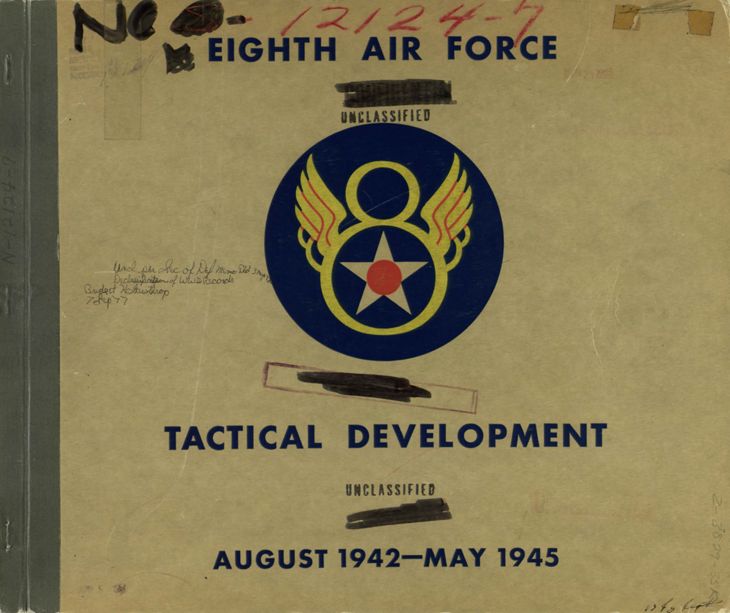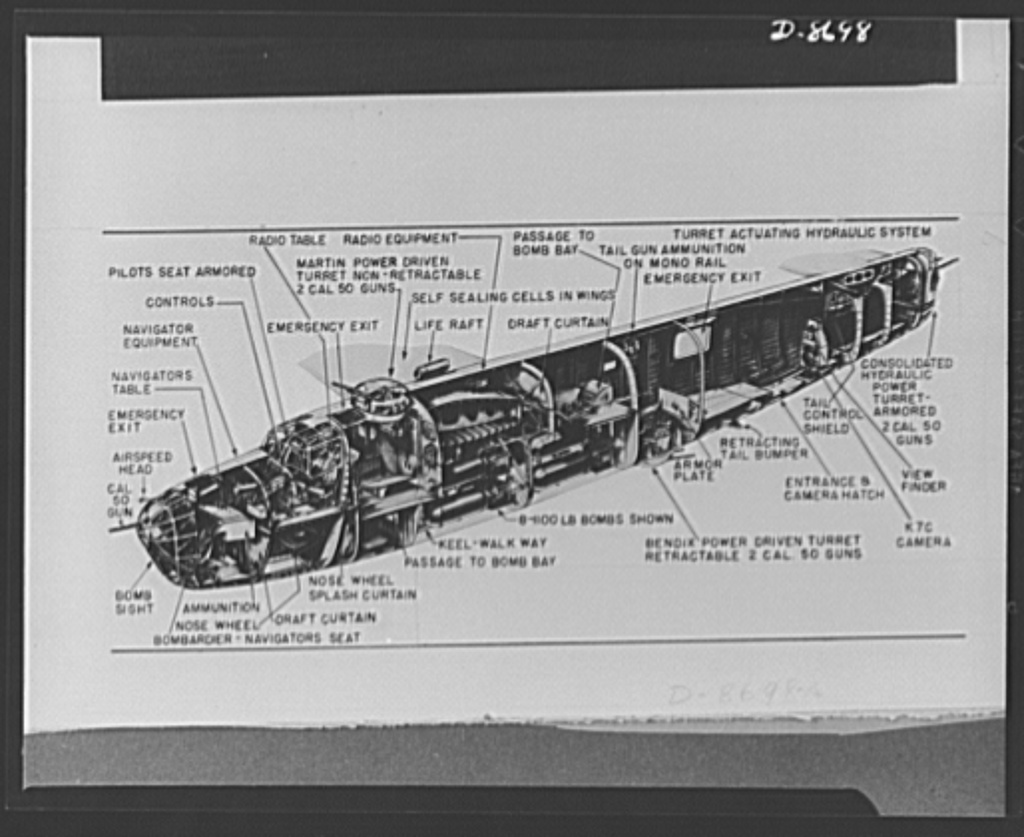Some info on Bomber Command daylight attacks starting in 1944.
target location advances. accuracy increases by night translated
to day operations with G-H able to be used from Autumn 1944 as
ground stations could be set up on the continent.
Portal and Spaatz put oil as the primary target on 25th September 1944,
with rail and water transport next. Support for naval and land operations
came next with other targets to be attacked when conditions were
unsuitable for operations against the primary targets.
Bomber Command started daylight operations earlier on 27th August
against the Rheinpreussen synthetic oil factory with moderate results.
Flak was heavy but no bombers were lost and no attacks made by the
Luftwaffe as there were escorting squadrons of Spitfires which kept
them away.
3 September - 675 aircraft in daylight raids on 6 German airfields in
Holland. This and five further raids were rated as successful.
6 September - Emden - CBD and docks targetted with bombers flying
in at 2,000 feet to confuse the early warning system (German cities would
initiate a smoke screen covering targets but they had no time in this case).
Areas pinpointed were damaged and the submarine building yard was
severely hit.
11 September - attacks started on 3 oil facilities covered by 26 fighter
squadrons (don't know the type). Again no German aircraft could interfere
but 9 bombers were lost to flak. Results varied.
12 and 13 September more raids on oil facilities with the Nordstern facility severely
damaged.
Damage from flak increased in daylight attacks from the night average of 2.5
percent to 36.7 percent.
Opposition from Luftwaffe fighters in daylight was basically nil as escort fighters
were available and early warning radar systems were being lost in allied ground
advances by the day.
Attacks by larger forces increased from October. An example is Duisberg on 14th
October - 1,014 bombers in a daylight attack followed by 1,005 bombers that
night. Total bomber losses were 21 with heavy damage to docks, industrial facilities
and railway infrastructure.
Many other attacks were made with the night location finding experience being very
important.
Night attacks still had to contend with Luftwaffe night fighters.
Targets attacked from September 1944 to April 1945 - 153 daylight and 166 night.
target location advances. accuracy increases by night translated
to day operations with G-H able to be used from Autumn 1944 as
ground stations could be set up on the continent.
Portal and Spaatz put oil as the primary target on 25th September 1944,
with rail and water transport next. Support for naval and land operations
came next with other targets to be attacked when conditions were
unsuitable for operations against the primary targets.
Bomber Command started daylight operations earlier on 27th August
against the Rheinpreussen synthetic oil factory with moderate results.
Flak was heavy but no bombers were lost and no attacks made by the
Luftwaffe as there were escorting squadrons of Spitfires which kept
them away.
3 September - 675 aircraft in daylight raids on 6 German airfields in
Holland. This and five further raids were rated as successful.
6 September - Emden - CBD and docks targetted with bombers flying
in at 2,000 feet to confuse the early warning system (German cities would
initiate a smoke screen covering targets but they had no time in this case).
Areas pinpointed were damaged and the submarine building yard was
severely hit.
11 September - attacks started on 3 oil facilities covered by 26 fighter
squadrons (don't know the type). Again no German aircraft could interfere
but 9 bombers were lost to flak. Results varied.
12 and 13 September more raids on oil facilities with the Nordstern facility severely
damaged.
Damage from flak increased in daylight attacks from the night average of 2.5
percent to 36.7 percent.
Opposition from Luftwaffe fighters in daylight was basically nil as escort fighters
were available and early warning radar systems were being lost in allied ground
advances by the day.
Attacks by larger forces increased from October. An example is Duisberg on 14th
October - 1,014 bombers in a daylight attack followed by 1,005 bombers that
night. Total bomber losses were 21 with heavy damage to docks, industrial facilities
and railway infrastructure.
Many other attacks were made with the night location finding experience being very
important.
Night attacks still had to contend with Luftwaffe night fighters.
Targets attacked from September 1944 to April 1945 - 153 daylight and 166 night.


